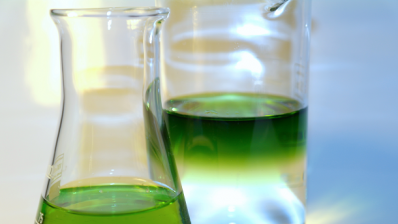Toxicity modelling could replace 'trial and error' animal testing

The QSAR and modeling group at Liverpool St John Moore’s University created the chemistry-based system to anticipate how damaging a substance could be to particular areas of the body, using data taken from human participants.
The team is using its respiratory research and skin sensitivity research, first published in the Journal of Chemistry and Toxicology in 2009, in an attempt to move beyond traditional testing to a more complete understanding of the underlying systems involved in toxicity. The project won the Lush Science prize in November 2013 for this alternative to cosmetics testing on animals.
Researcher Dr Steve Enoch commented to CosmeticsDesign-Europe.com: “The aim is to move the ‘blind’, animal intensive testing paradigm towards one in which a greater understanding of the underling mechanism, in terms of the chemistry and the biology, is used to perform chemical risk assessment without the use of animals.”
Project development
The project draws on data collected on individuals exposed to chemicals in the workplace, and has the advantage of producing very accurate results because it uses data from human participants rather than experiments using a different species.
Dr Enoch hopes that the modeling will also allow scientists to develop categories for aspects like skin sensitization, which should make it easier to anticipate the toxicity effects of particular chemicals.
The researcher explained: “We have been involved in the development of this piece of software contributing to its success by developing in silico profilers, allowing mechanistic categories to be developed for skin sensitization, mutagenicity and carcinogenicity.”
“Our research group works closely with a wide range of academic, industrial, regulators and NGOs to further the use of alternative methods for the non-animal risk assessment of chemicals.”
QSAR research team
The QSAR research team has a 40-year history and consists of three permanent members: Professor Mark Cronin, Dr Judy Madden and Dr Steve Enoch. The program receives funding from multiple sources including the European Chemicals Agency, the Cosmos and SEURAT-1 projects and the Organization of Economic Co-operation and Development.
The research group recently received the Lush award for developing alternative cosmetics testing which does not require the use of animal subjects, along with researchers at Cardiff University who have also recently develop working models for cosmetics toxicity on the lung.
Dr Enoch said: “This category formation approach is the basis of the OECD QSAR Toolbox funded by the European Chemicals Agency (ECHA) that has been developed in response to recent European legislation.”




















